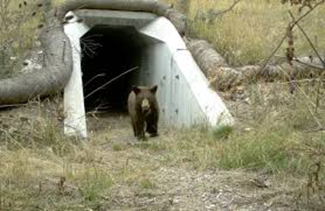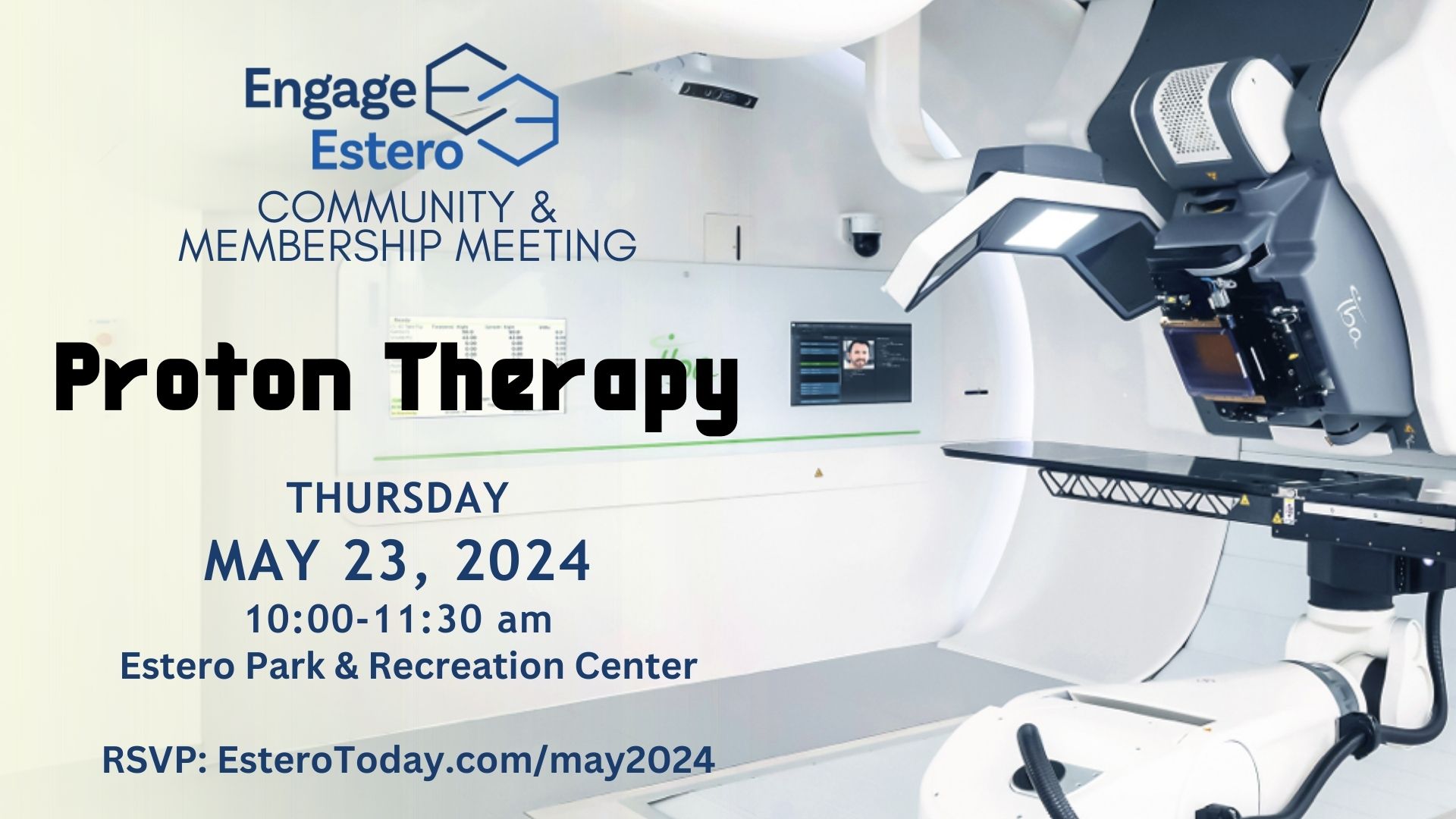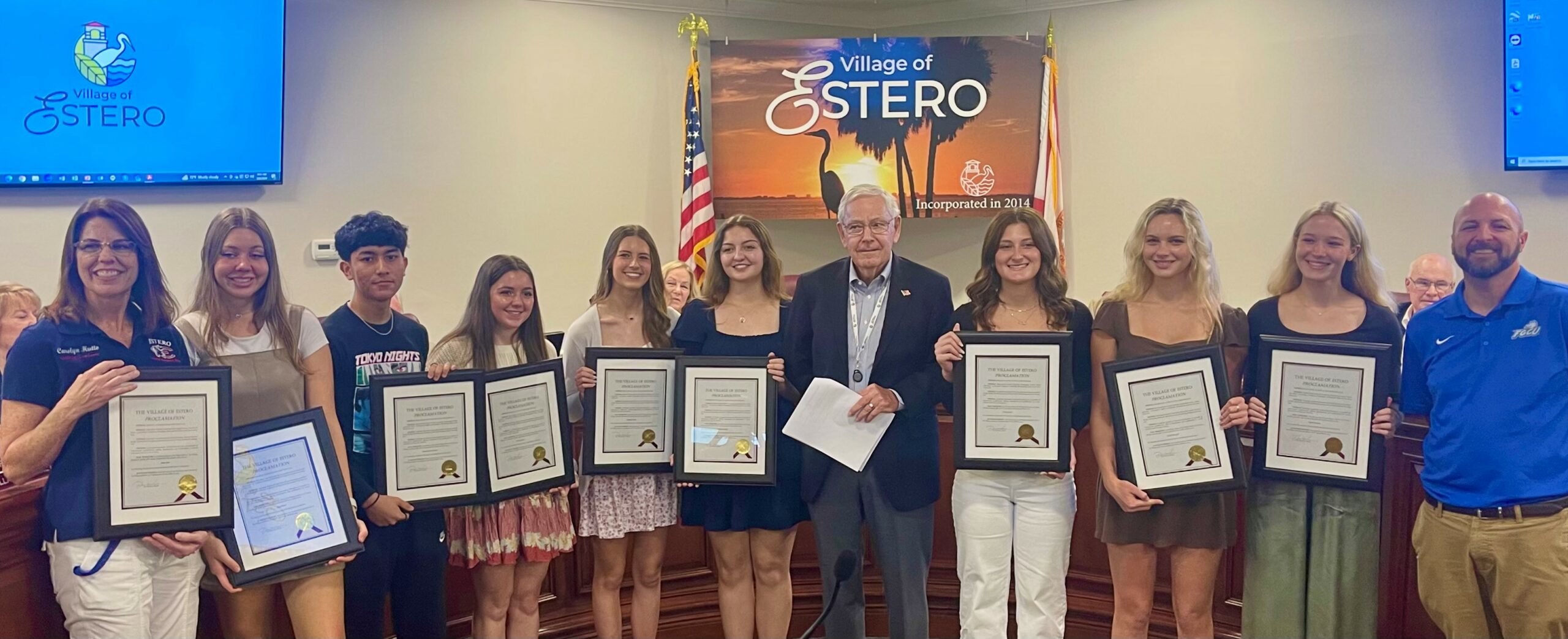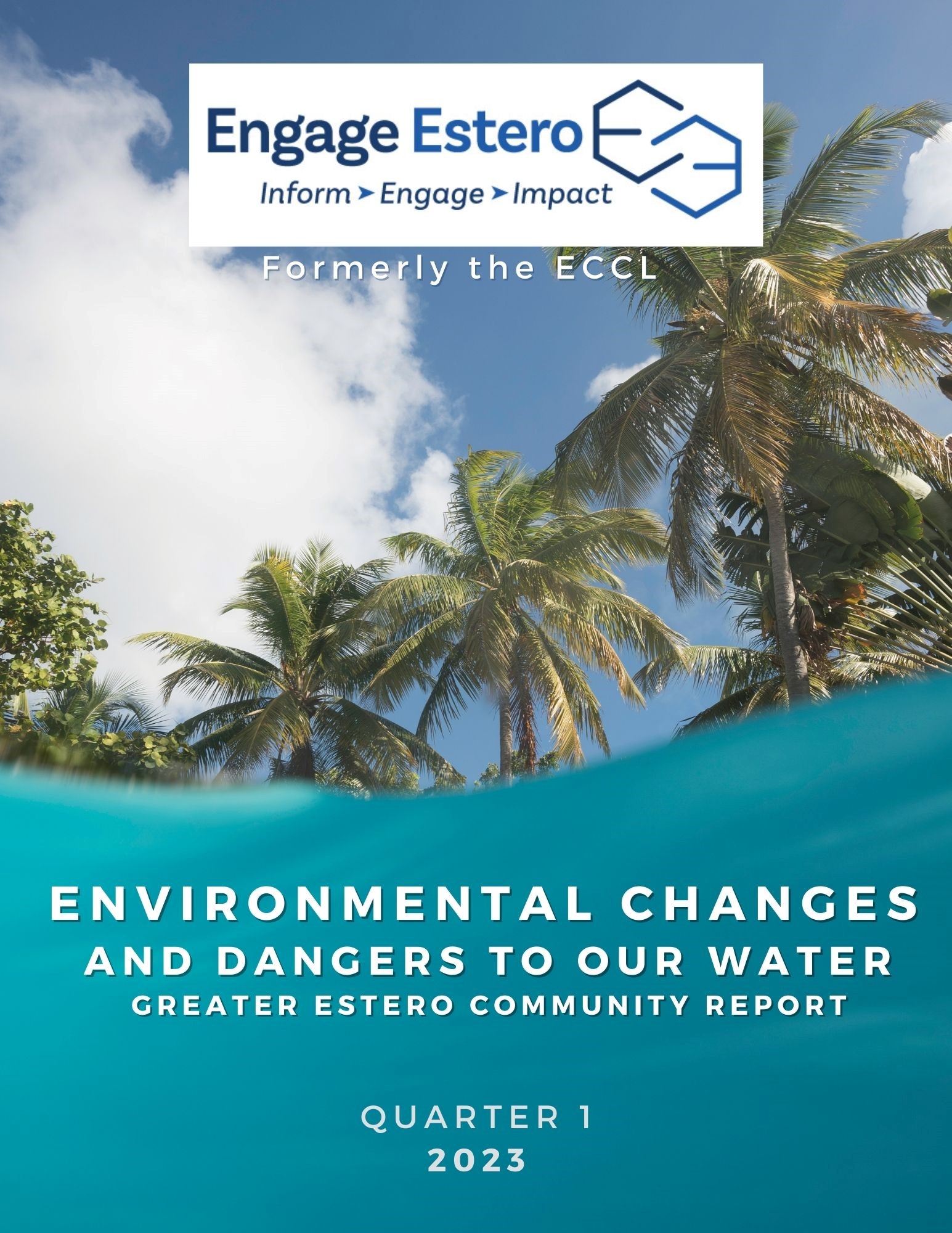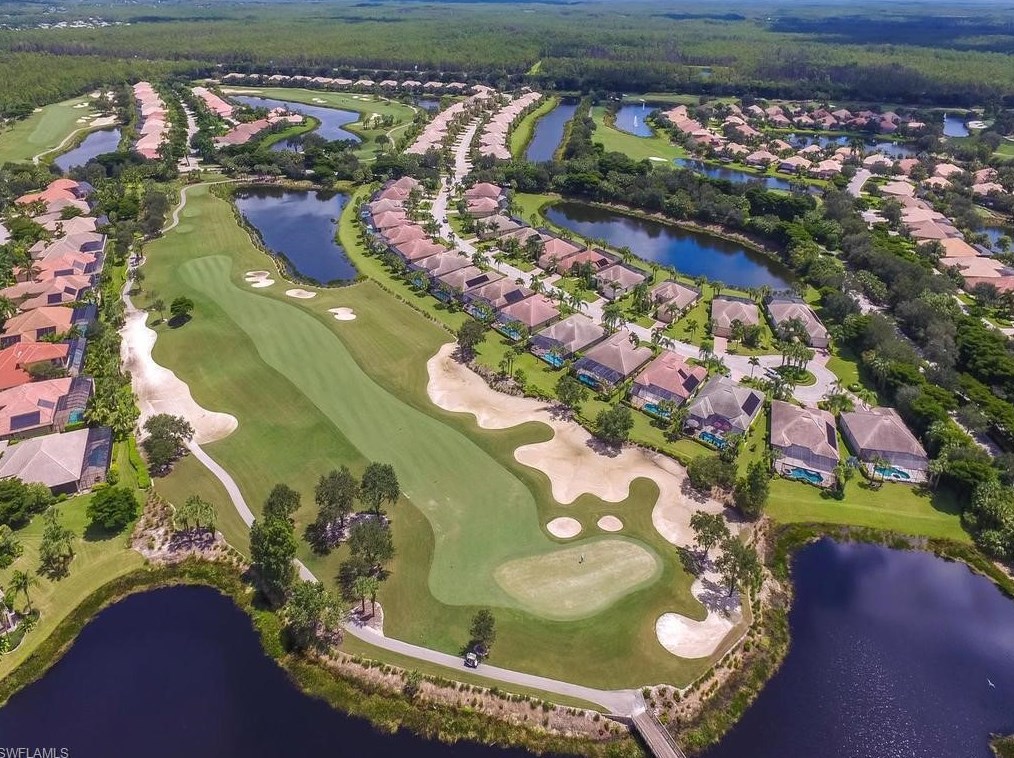Road Safety in Greater Estero By Contributing Author, Mark Novitski, and Engage Estero Consultant. Everyone has their definition of what determines road safety or, conversely, what makes our roads unsafe. In writing extensively about Corkscrew Road, I have...
The Village of Estero had about 22,403 residences at the end of 2016. Here’s a look at the history and demographics of housing in Estero.
Prologue
In 1997, the Estero Fire District conducted a survey of all structures in Estero and found about 4,600 housing units of all types, many of them mobile homes. The building boom started in 1998, as the airport, Florida Gulf Coast University and Miromar Outlets began attracting residential development to the area. There were 550 housing units built in 1998; the following year, 1999, that number more than doubled to 1,150. By the end of the 20th century, the total number of housing units in Estero was about 6,300.
Boom Time: The Early 2000s
Since 2000, Estero has added 16,467 housing units, most of them during the building boom which lasted through early 2007, when the recession began to hit Southwest Florida. In 2000 and 2001, about 2,100 housing units were built each year! Almost three-fourths of the 5,700 housing units permitted in 2000-2002 were for three communities: The Brooks, Stoneybrook and Pelican Sound. At that time, The Brooks was ranked among the 15 fastest growing residential communities in the nation. Most of the development of this period was in southern Estero, south of Corkscrew Road.
With the attack of 9/11 in 2001, housing permits slowed down during the next three years to the 1,400-1,600 range, before peaking in 2005 with a whopping 2,833 housing permits in one calendar year. During this time, many Estero communities commenced construction, filling in much of the area north of Corkscrew Road. Sizable communities developed during this period include Grandezza, Bella Terra, The Cascades, Villagio, The Colony in Pelican Landing, Rookery Pointe, Bella Lago, Rapallo, The Reserve of Estero, West Bay Club, Meadows of Estero and Osprey Cove.
Recession and Recovery
In 2006, the number of housing permits halved, but still remained high at 1,310 units. Then, in 2007, the slow-down really began, with just 432 housing units permitted — less than the 550 units permitted in 1998 at the start of the boom nine years earlier.
For each of the next four years, from 2008-2011, Estero saw less than 200 annual housing permits. The recovery began in 2012, with 341 housing units, followed by 448 in 2013 and 351 in 2014. Much of this development was in eastern Estero, along Corkscrew Road. Also notable during this time, Mirasol at Coconut Point brought upscale, urban condominium living to Coconut Point Mall. The concept initially struggled to sell, with the units fluctuating between rental and ownership.
2015 & 2016: A Contrast in Housing Types
2015 brought a spike in housing — 749 units — but the increase was not in single-family homes; the vast majority of permits (82%) were issued for multifamily units due to an increase in both apartments and senior living units. This was something new for the Estero market. Springs at Estero, the Village’s first apartment complex not marketed to students, opened in October 2015 with 260 luxury, townhouse-style apartments at the entrance to Germain Arena. Other apartments permitted in 2015 were Copper Oaks (50), Courtyards at Estero (136) and The Reef (168). An additional 24 units were permitted in March 2017 for The Reef II, which is designed exclusively for FGCU students. Just outside Estero’s boundary to the north, Estero Oaks luxury apartments has 280 units. There is also an older student housing complex, Coastal Village, on Three Oaks Parkway north of Estero Parkway, which permitted 200 units in 2004 and later expanded to 364 units. Currently, Miromar Development Corp. is building University Village on Ben Hill Griffin Parkway south of FGCU (outside Estero’s boundary). This development will have 1,400 beds in 17 buildings for student housing, along with retail shops.
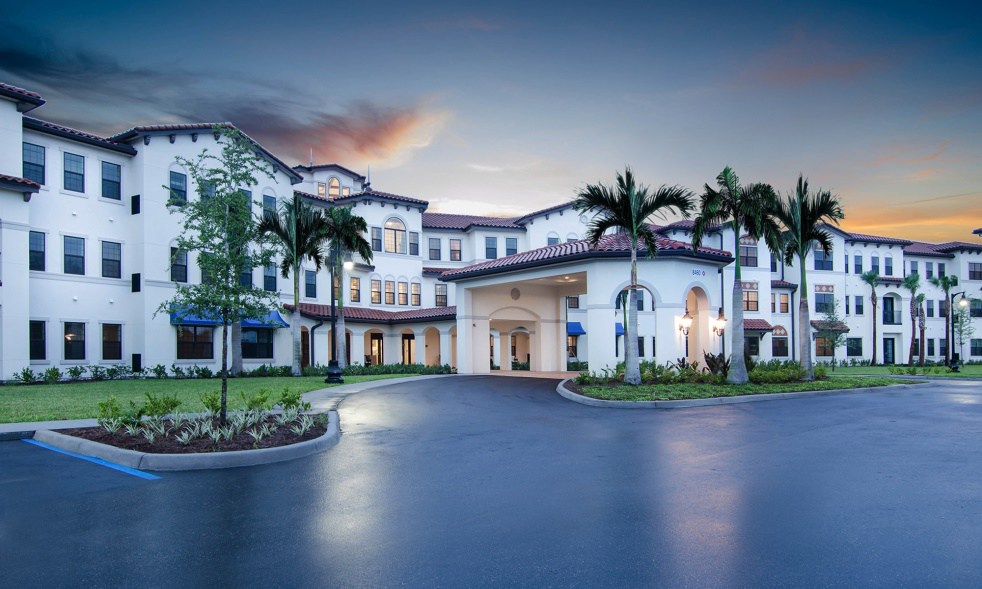 The building value for 2015 housing permits was about $90 million, the highest dollar value since 2007. Commercial building value was bolstered by more than $20 million in senior living facilities. The only senior care facility in Estero built prior to 2015 is Life Care Center of Estero on Williams Road. American House Coconut Point opened in September 2016 with 194 rental units just south of Coconut Point Mall, and Autumn Leaves — dedicated exclusively to memory care — soon followed with 50 units. Additionally, Volunteers of America has been approved by the Village to build a 340-unit senior housing facility at the northeast corner of Corkscrew Road and Sandy Lane.
The building value for 2015 housing permits was about $90 million, the highest dollar value since 2007. Commercial building value was bolstered by more than $20 million in senior living facilities. The only senior care facility in Estero built prior to 2015 is Life Care Center of Estero on Williams Road. American House Coconut Point opened in September 2016 with 194 rental units just south of Coconut Point Mall, and Autumn Leaves — dedicated exclusively to memory care — soon followed with 50 units. Additionally, Volunteers of America has been approved by the Village to build a 340-unit senior housing facility at the northeast corner of Corkscrew Road and Sandy Lane.
By contrast to the 2015 trend toward multifamily units, there were zero apartment permits issued in 2016. Last year, the total number of permitted housing units fell back to 170 — comprised exclusively of single-family homes and duplexes. Tidewater by Del Webb, at Estero Parkway and Ben Hill Griffin, was the only major development active in 2016, pulling 100 permits. The total building value added in 2016 was about $53.9 million. This was the lowest dollar value since 2011.
Estero’s Shifting Demographics
Of the 16,467 housing units built since 2000, nearly half (48%) have been single-family homes, with the remaining being multifamily units of various types: duplexes, condos and apartments.
The early years of the boom brought mainly condos and single-family homes. A sizable share of the units were purchased by “snowbirds.” According to the 2000 U.S. Census data, 29% of all Estero housing units were owned by non-residents. By 2010, the “snowbird” population had declined slightly to 26% of all the greatly expanded number of Estero housing units. Estero’s total population also more than doubled during this decade, from 8,850 to 20,830. During this time, the median age of Estero residents remained fairly constant with about half of the population age 62 or older. According to the U.S. Census’ 2015 American Community Survey, Estero’s population may be shifting slightly younger, with about 44% of the population now age 62+. The median age has also shifted from 62 to 58, while Estero’s year-round population has grown to more than 30,000.
The recent growth of the rental housing market, including some student housing, no doubt assisted this shift in the age distribution of Estero’s population; however, these changes are somewhat offset by the growing number of senior living communities at the opposite end of age distribution.
The Numbers
The ECCL has tracked housing data in Estero since 2000. The following table shows the total number and types of housing units permitted each year.
- Senior Housing units are not included in total Housing Units Permitted. These projects are permitted as commercial development, not residential units. Also note: Volunteers of America has been approved to build 340 senior housing units but the developer had not pulled any permits by the end of 2016.
- * Coastal Village built 364 student housing units in two phases in approximately 2004 and 2011. ECCL’s historical data does not include the years these units were permitted; therefore, they are not included in the Housing Units Permitted figures but are included in the Total # of Rental Apartments (in blue).





